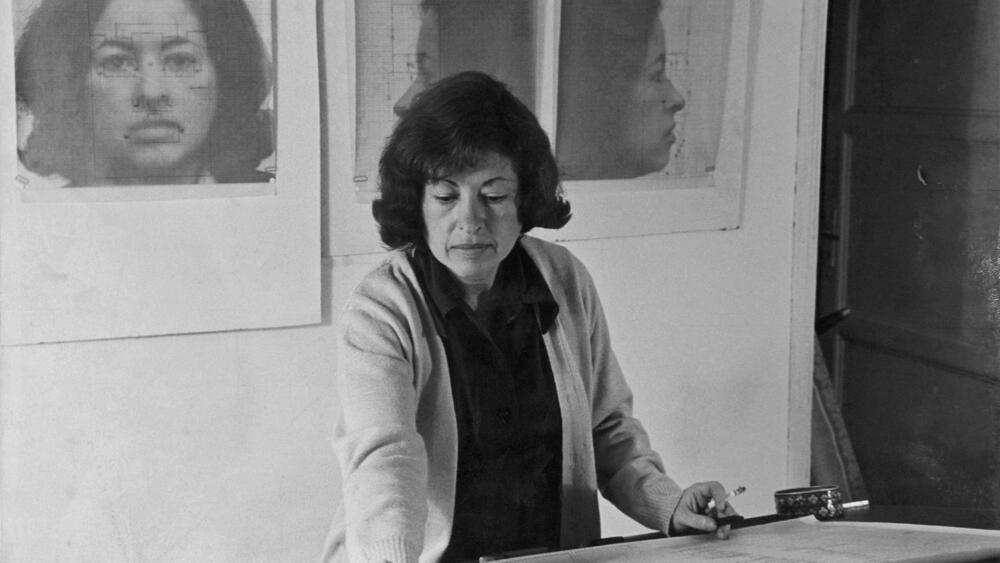TERESA BURGA (1935-2021)
The Peruvian artist passed away this morning at 86 years old.

Teresa Burga was a precursor of Peruvian technological art. She was a conceptual multimedia artist and one of the most important exponents of the Peruvian non-objectualist artistic movement.
It was in the mid-sixties, when Burga presented Lima Imaginada (1965), a series of linocuts that would lead her to exhibit in Peru and in Argentina. In this series, the artist offered idealized urban representations without mentioning the concrete component. She pointed to the questioning of the artistic work as an object. Years later, she would be part of the Grupo Arte Nuevo (1966-1967), together they consolidated the avant-garde trends in Peru, such as Pop Art, Op-Art and Conceptualism.
Previously, Burga had been trained at the School of Plastic Arts of the Pontificia Universidad Católica del Perú. After exhibiting with Grupo Arte Nuevo, the Peruvian art scene would miss her for two years when she entered as a Fullbright Scholarship at the Art Institute of Chicago in the late 1960s where she would earn her MFA degree in 1970.
Upon her return from the United States, Burga integrated renewed experimental processes into her artistic corpus: creative methods that incorporated the use of technology, the media, and scientific records. Her work became reports, documents, descriptions, schematic drawings and new decodings. These works could have as their aim a new rereading of the environment or new problematizations of which we assume a concrete existence. (1)
Assuming the difficulty of choosing only one work by Burga, and starting from the current context of #MeToo and its repercussions throughout the world, we highlight Perfil de la mujer peruana (1981).
Co-created with the psychologist Marie-France Cathelat, the product of a multidisciplinary investigation had as object of study the status of women in Peru. The work is an explicit political-artistic expression against gender inequality. By 1980, the experimentalism of the 60s had been put aside and the more traditional formats reigned. In contrast, the collaborative and investigative work of Perfil de la mujer peruana exposes problems that to this day continue to be unsolved and even in some situations without question. Adding political and social characters to the already complicated artistic quest, Burga was able to analyze the affective, psychological, sexual, social and cultural issues of young middle-class Peruvian women.
Since the pandemic began, the artist spent her days at home drawing, imitating the strident colors that TV reproduces and with a rigorous interest in the production time of each drawing that illustrated situations of Peruvian communities.
From Arte Al Día we bid farewell to Teresa Burga whose work will continue to inspire us and indefinitely make us reflect and rethink our environment and our ways of thinking about art.
(1) Miguel A. López y Agustín Pérez Rubio. “Teresa Burga: Estructuras de aire” (2015)
(2) María Paula Zacharías. Teresa Burga: “Si la obra que hago me gusta demasiado, ya está mal” (2015)




